Unlocking your iPhone using Face ID provides convenient and secure interactions, but any issues pertaining to Face ID not working iPhone could become frustrating. When you’re faced with an unintentional failure of Face ID to recognize your photo or issues with the setting process, knowing the possible causes is crucial.
This article discusses the most frequent reasons why is my face id not working. With the most practical solutions and step-by-step follow to fix Face ID not working.
Common Reasons: Why Is Face ID Not Working?
- Dirty or Blocked TrueDepth Camera: dust, smudges, or cases can interfere.
- Face Obstruction: wearing a mask, glasses, or a hat.
- Incorrect Settings: Face ID not properly set up.
- Software Glitches: bugs in iOS can cause temporary issues.
- Hardware Damage: drops or water damage may affect sensors.
Also read: Screen Mirroring Not Working? How to Fix It in 5 Minutes
How to Fix Face ID Not Working?
Face ID provides a simple security feature that permits iPhone users to access their devices. In addition, it permits purchases and allows access to various applications easily. If, however, your Face ID is not working according to plan, it could be a hassle. Here are some suggestions to resolve issues with Face ID not working on iPhone.
1. Adjust Face ID Settings
Face ID stopped working due to restrictions or unintentional changes in settings. The first step to resolve the issue is to review and modify your settings for Face ID settings.
2. Enable Face ID for Third-Party Apps
Face ID allows security for your logins to third-party applications like payment apps, banking, and messaging applications. Face ID offers an efficient user experience across different apps on your iPhone, so if an app is attempting to block its ability to utilize Face ID, you might experience issues in other areas as well.
3. Clean TrueDepth Camera
To maximize Face ID on your iPhone, ensure an uninterrupted view of its TrueDepth camera. It records facial features to provide authentication. This TrueDepth camera lens can collect dirt or grease as it ages. Make use of a soft, dry cloth to gently clean the sensor array that is located near the top of your iPhone. Take off any hard cases or screen protectors, as they could partially protect the sensors.
4. Avoid Blocking Your Face
Face ID was made to work with many accessories, such as hats, glasses, scarves, lenses, and a variety of shades. However, some lenses and sunglasses may hinder an infrared beam. If Face ID is not working when wearing sunglasses, take them off and try unlocking the phone once more.
5. Hold Your iPhone Correctly
If Face ID isn’t working as expected on your iPhone or iPad, try moving. To maximize Face ID functionality and increase Face ID performance, place it between arm’s length (10-20 millimeters or approximately 25-50 centimeters).
Do not cover or block Face ID sensors with your fingers, because this could display an ” Camera covered” message that includes an arrow that points towards the camera that TrueDepth uses.
6. Reset All iPhone Settings
If Face ID issues persist and the troubleshooting process doesn’t help, resetting all settings on your iPhone might provide some relief. Doing this restores it to factory defaults and may help resolve complex software problems. Note that this method won’t delete your information but rather reset system settings. Should your Face ID not working properly, you could try resetting these.
7. Reset Face ID
Sometimes, you might receive a message saying, “Face ID not available, try again later.” If you’re having problems with the initial Face ID setup, think about resetting your Face ID. It will increase the accuracy and speed of response and provide better face recognition. Here’s how to reset Face ID on iPhone:
- Go to Settings > Face ID & Passcode > Reset Face ID.
- Set it up from scratch and see if this has solved the problem.
Also read: How to Clone an iPhone: Quick and Easy Guide
8. Update iOS to the Latest Version
Apple regularly releases updates for iOS or iPadOS that address software-based issues and vulnerabilities, improving software stability. When Face ID stops working properly on an iPhone device, this could indicate more fundamental software problems; to update to the latest version, head into the Settings General menu > Software Update on Phone .
9. Contact Apple Support
If you’ve fallen on the iPhone, which damaged its TrueDepth camera, Face ID may fail on the setup screen, not work, or won’t work in any way. Face ID may also show abnormality if the iPhone was submerged in water or submerged underwater for long periods of period of time. Therefore, you should contact Apple Support to schedule a store visit in one of those situations.
Ending Notes
Face identification not working on an iPhone could be due to multiple causes. Problems could range from dust accumulation on the camera lens or more serious situations like an iPhone being locked out, and fixing these issues quickly is paramount to providing users with an uninterrupted and secure user experience. This article addressed possible causes and effective remedies.
FAQs about Face ID Not Working
Why did Face ID stop working after an iOS update?
Software updates can cause temporary glitches. Restart your iPhone or update to the latest iOS version to fix it.
Can I fix Face ID without resetting my iPhone?
Yes. Many issues can be fixed by cleaning the sensors, re-adjusting settings, or updating your device.
How do I reset Face ID on my iPhone?
Go to Settings > Face ID & Passcode > Reset Face ID, then set it up again.
Does Face ID stop working after a screen replacement?
Yes, if non-genuine parts were used or the TrueDepth camera was damaged during repair.






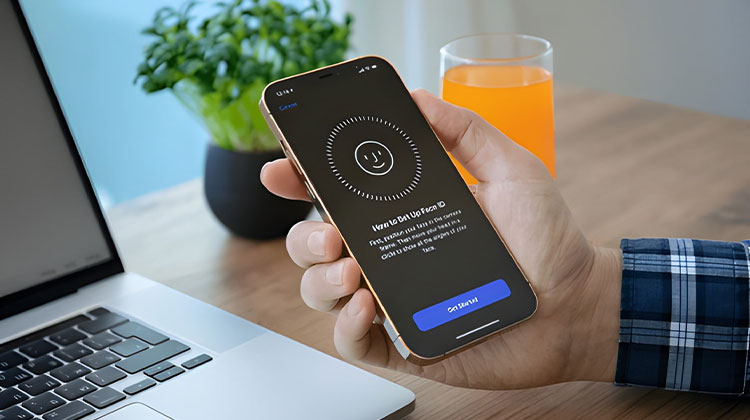

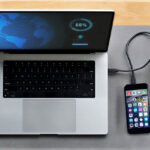


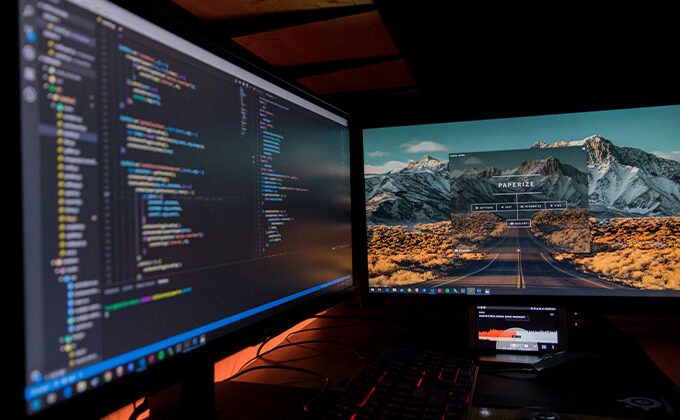
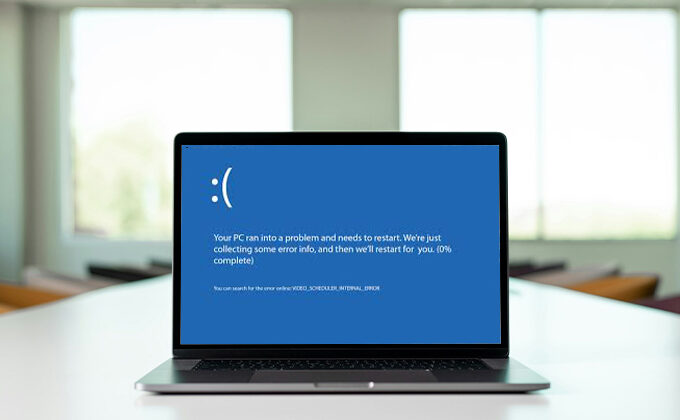
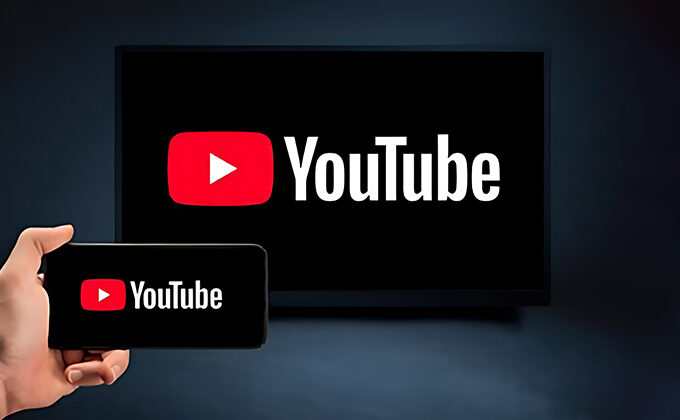
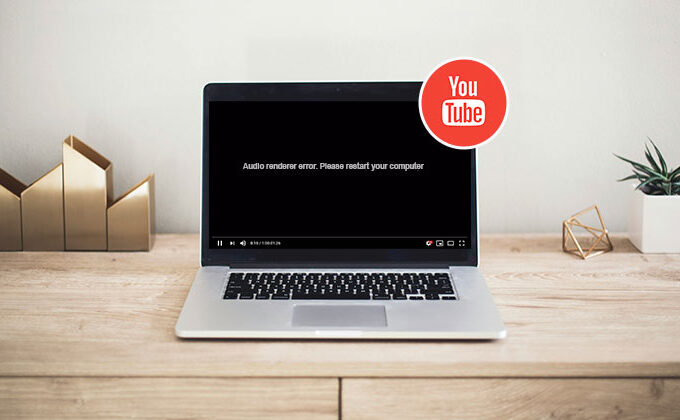
Leave a comment